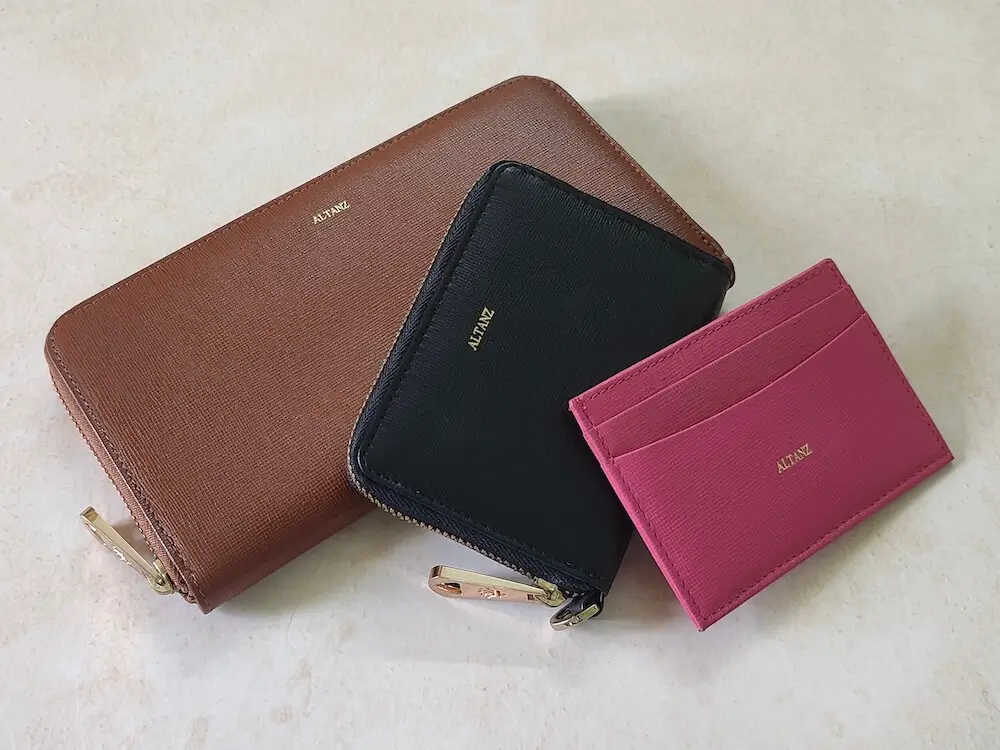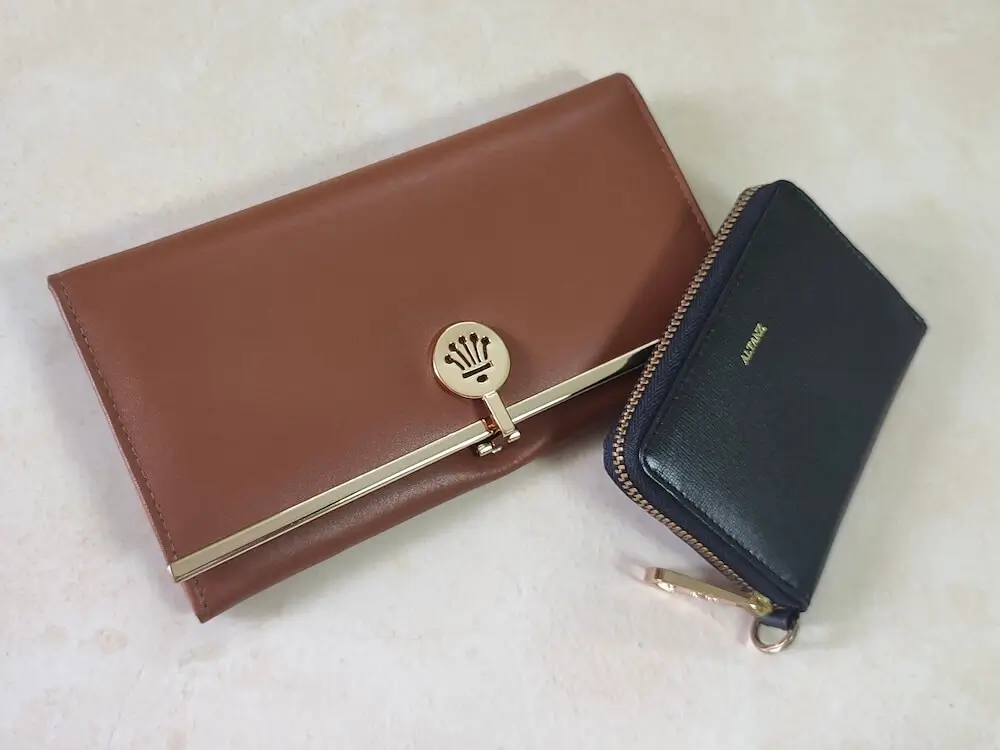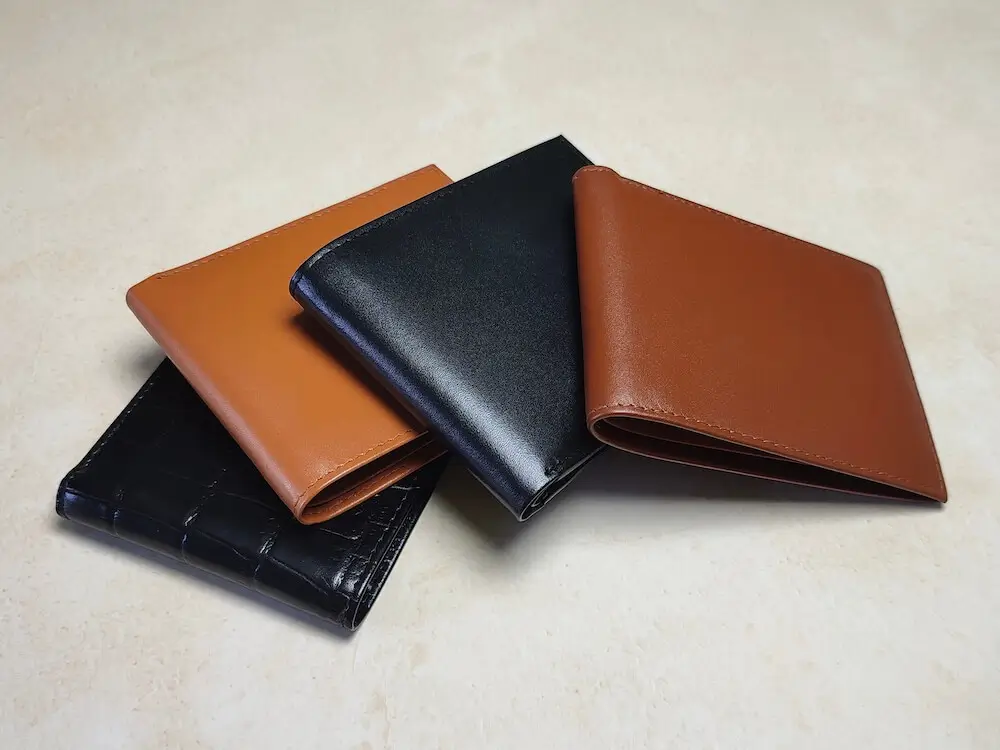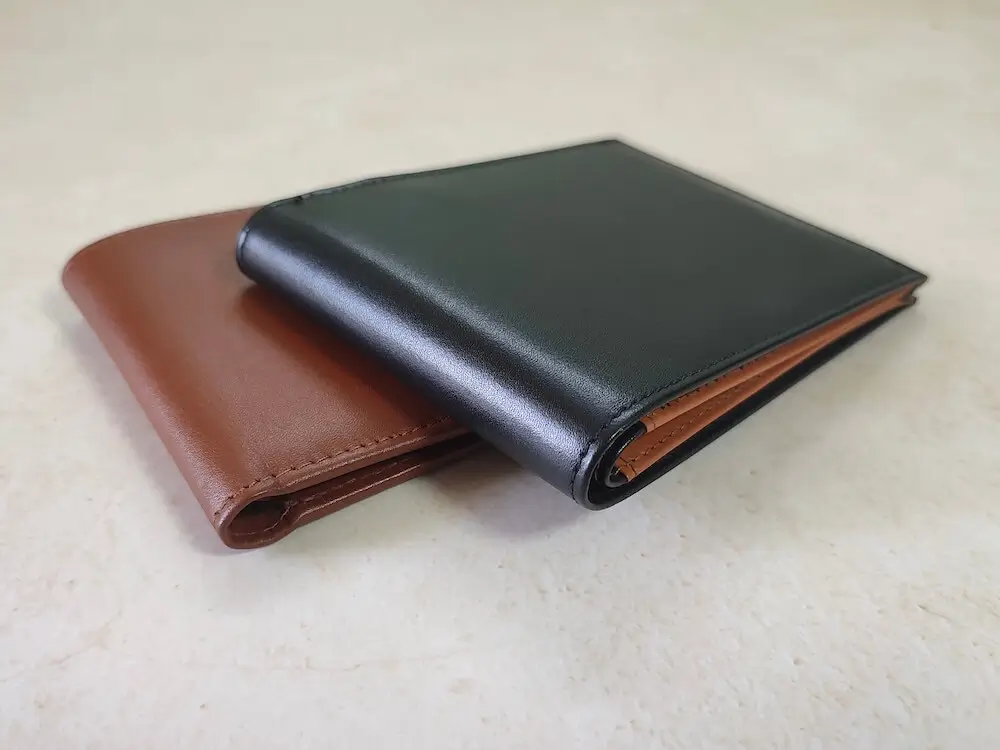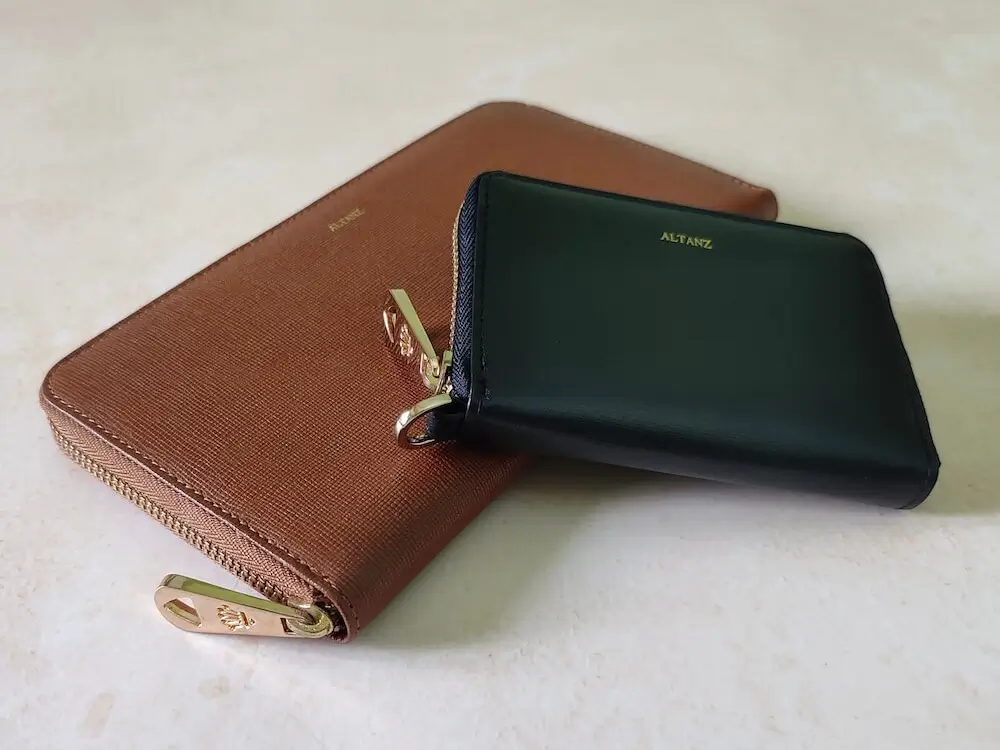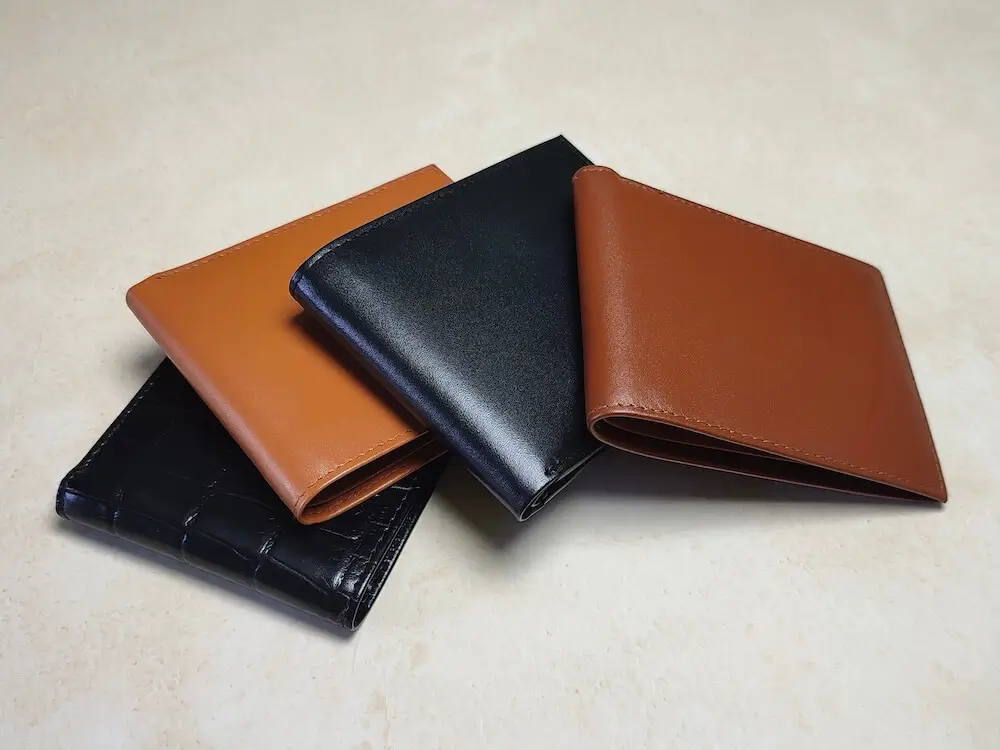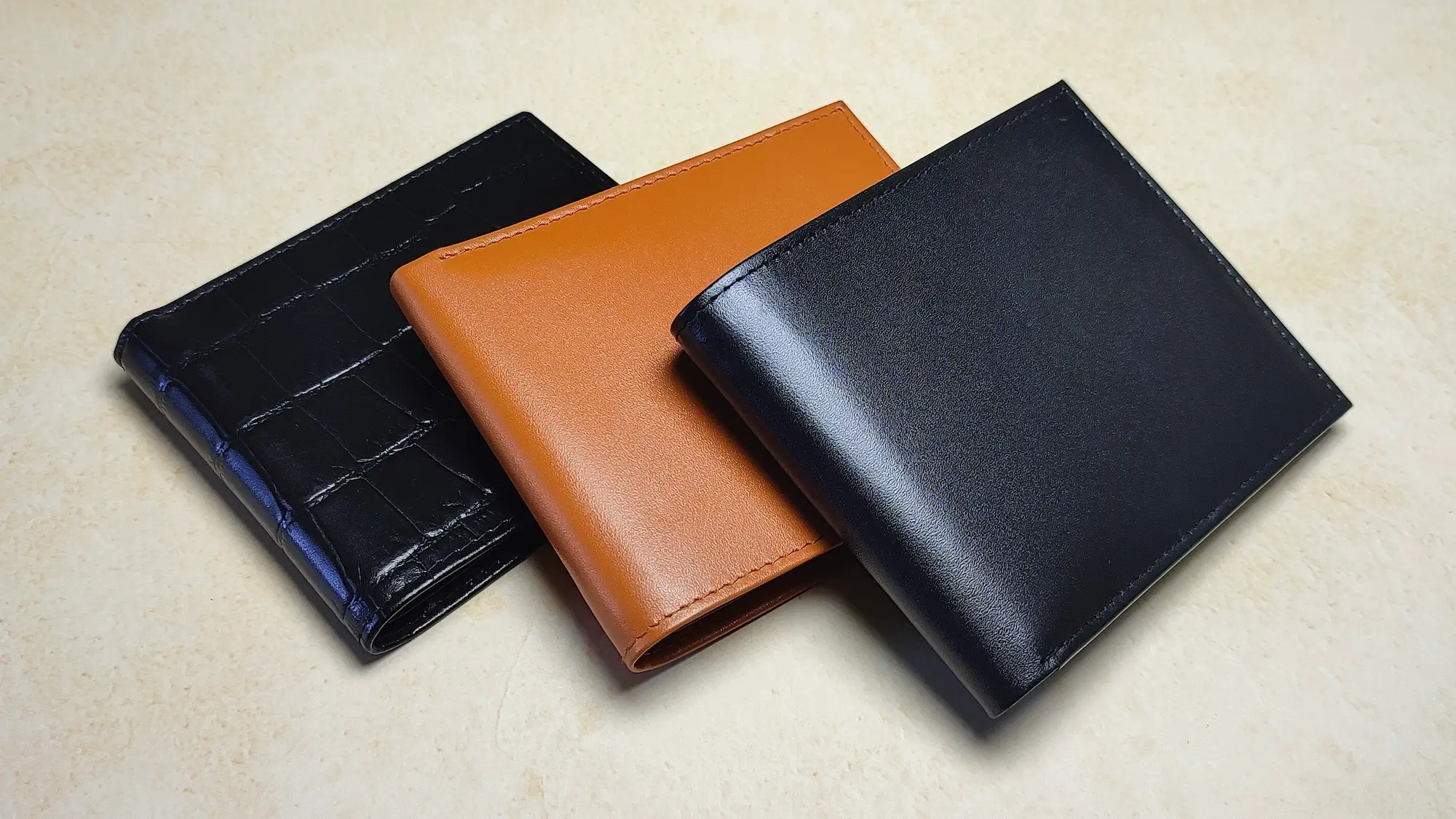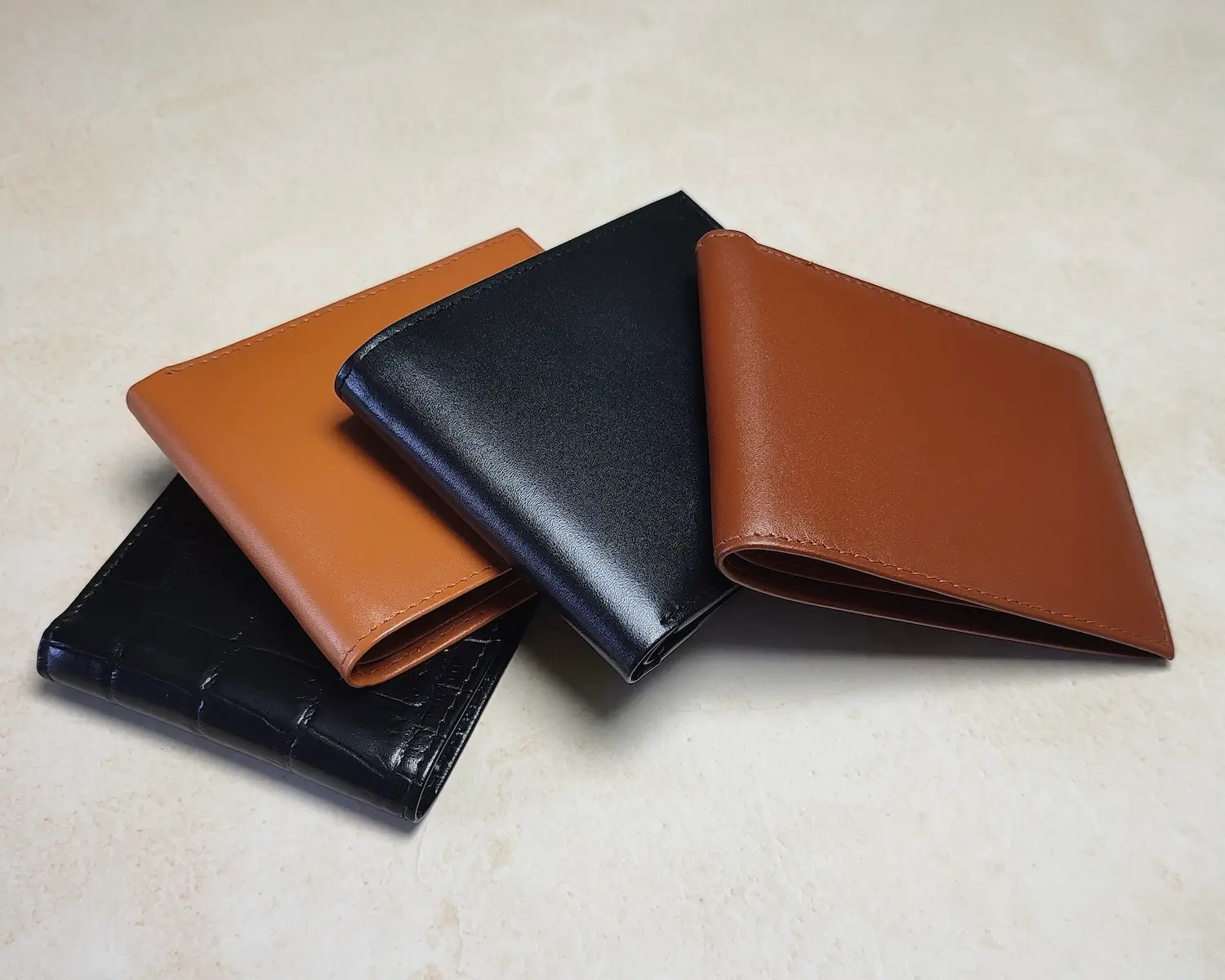Craftsmanship & Heritage
Understanding Ethical Sourcing in Luxury Leather Goods
Introduction
Luxury leather goods have long been admired for their craftsmanship and timeless appeal. However, with growing awareness about environmental and ethical issues, consumers are now demanding more transparency from brands about how their products are made. Ethical sourcing in luxury leather is about ensuring that these products are created in ways that respect animal welfare, environmental sustainability, and fair labor practices. This guide explores what ethical sourcing entails and why it matters.
Table of Contents
- Introduction to Ethical Sourcing
- The Process of Ethical Sourcing
- The Role of Sustainability in Ethical Leather
- Certifications and Standards in Ethical Leather
- Ethical Challenges in the Leather Industry
- Vegan Leather vs. Ethically Sourced Genuine Leather
- Examples of Brands Leading the Way
- Consumer Responsibility in Ethical Sourcing
- The Future of Ethical Luxury Leather
- Conclusion
- FAQs
Introduction to Ethical Sourcing
Ethical sourcing refers to the practice of ensuring that materials and labor used in production adhere to high ethical standards. In the luxury leather industry, this means sourcing hides responsibly, minimizing environmental impact, and treating workers fairly throughout the supply chain.
Why is this important? For one, unethical practices in leather production can harm animals, exploit workers, and damage ecosystems. By choosing ethically sourced leather, consumers can support brands that prioritize sustainability and accountability while enjoying high-quality products.
The Process of Ethical Sourcing
Responsible Sourcing of Raw Materials
The first step in ethical sourcing is ensuring that the raw materials—animal hides—are obtained responsibly. This often involves:
- Using Byproducts: Many ethical leather brands use hides that are byproducts of the meat industry, ensuring that no animal is killed solely for its skin.
- Ensuring Animal Welfare: Ethical practices require humane treatment of animals, with farms adhering to strict welfare standards.
Transparent Supply Chains
Transparency is critical in ethical sourcing. Brands that embrace ethical practices ensure traceability, meaning they can track every step of the supply chain, from farms to tanneries to finished products. This level of openness helps build trust with consumers and holds producers accountable for their actions.
The Role of Sustainability in Ethical Leather
Reducing Environmental Impact
Leather production can have significant environmental consequences, particularly through tanning processes that involve harmful chemicals. Ethical sourcing addresses these issues by:
- Adopting Eco-Friendly Tanning: Vegetable tanning and chrome-free processes reduce pollution and make leather production more sustainable.
- Minimizing Resource Usage: Using less water and energy during production helps reduce the overall carbon footprint.
Supporting Circular Fashion
Ethical leather production often involves repurposing waste materials, such as turning leather scraps into new products or recycling old leather goods. This aligns with the principles of circular fashion, which aim to reduce waste and extend the life cycle of materials.
Certifications and Standards in Ethical Leather
Key Certifications to Look For
Certifications provide a reliable way to identify ethically sourced leather. Some of the most trusted certifications include:
- Leather Working Group (LWG): Ensures responsible environmental practices in tanneries.
- OEKO-TEX Leather Standard: Certifies that leather products are free from harmful substances.
- Global Organic Textile Standard (GOTS): Focuses on sustainable and socially responsible production.
What These Certifications Guarantee
These certifications ensure that leather products meet strict criteria for sustainability, transparency, and fair labor practices. They also provide peace of mind for consumers seeking ethical options.
Ethical Challenges in the Leather Industry
Addressing Animal Welfare Concerns
One of the primary concerns in leather production is the treatment of animals. Ethical sourcing involves:
- Humane Farming Practices: Ensuring animals are raised in healthy, humane conditions.
- Transparency: Providing clear information about how and where hides are sourced.
Combatting Greenwashing
As ethical and sustainable practices gain popularity, some brands use misleading claims to appear more responsible than they are. Consumers must look for verified certifications and research brand practices to identify genuine efforts.
Vegan Leather vs. Ethically Sourced Genuine Leather
The debate between vegan leather and ethically sourced genuine leather continues to shape consumer choices. Both options have pros and cons, and understanding them can help you make an informed decision.
The Pros and Cons of Vegan Leather Alternatives
-
Advantages:
- Vegan leather avoids the use of animal products, appealing to those seeking cruelty-free options.
- Many vegan alternatives, such as those made from cork, mushroom leather, or recycled materials, have a lower environmental impact than synthetic leather.
-
Challenges:
- Some vegan leathers are made from petroleum-based plastics, which can harm the environment during production and disposal.
- They may lack the durability and aging qualities of genuine leather, leading to shorter product lifespans.
Why Ethically Sourced Leather Can Be Sustainable
Ethically sourced genuine leather, when produced responsibly, can offer sustainability through:
- Byproduct Utilization: Using hides from the meat industry minimizes waste.
- Longevity: High-quality leather products often last for decades, reducing the need for replacements.
Ultimately, the choice between vegan and ethically sourced leather depends on your values, priorities, and the specific practices of the brands you support.
Examples of Brands Leading the Way
Luxury Brands Championing Ethical Practices
- Hermès: Known for its timeless designs, Hermès has begun investing in sustainable innovations, including lab-grown leather alternatives.
- Stella McCartney: A pioneer in vegan luxury, Stella McCartney creates high-end products using sustainable materials without animal-derived components.
- Gucci: Through its “Gucci Equilibrium” initiative, the brand focuses on transparency and reducing its environmental footprint.
- ALTANZ: As a luxury brand that values both elegance and sustainability, ALTANZ leads the way in crafting high-quality leather goods while upholding ethical production practices. Committed to responsible sourcing, ALTANZ focuses on using sustainable materials and processes, ensuring that each product is as environmentally conscious as it is luxurious.
Small-Scale Artisans Making a Difference
Beyond luxury brands, many small-scale artisans prioritize ethical sourcing by:
- Sourcing leather locally and responsibly.
- Using traditional crafting methods that minimize waste.
- Providing fair wages to workers.
Supporting these artisans not only promotes ethical practices but also helps preserve craftsmanship and cultural heritage.
Consumer Responsibility in Ethical Sourcing
As consumers, our choices drive demand and influence industry practices. By making conscious decisions, we can support brands that prioritize ethics and sustainability.
Researching Brands Before Buying
Before purchasing leather goods, take the time to investigate a brand’s practices. Look for:
- Verified certifications like LWG or OEKO-TEX.
- Transparency about sourcing and manufacturing processes.
- Reviews and third-party assessments of their ethical commitments.
Investing in Longevity
Ethical sourcing isn’t just about how a product is made—it’s also about how it’s used. By investing in high-quality leather goods and caring for them properly, you can reduce waste and enjoy items that last for years, if not decades.
The Future of Ethical Luxury Leather
The luxury leather industry is undergoing significant change as consumer demand for ethical practices grows. Innovations and shifts in priorities promise a more sustainable future.
-
Innovations in Sustainable Leather Production:
- Bio-fabricated leather, grown in labs without harming animals, is gaining traction.
- Plant-based tanning processes are becoming more efficient and eco-friendly.
-
The Role of Consumer Demand:
As more consumers prioritize ethical practices, brands are compelled to adopt transparency and sustainability, creating a ripple effect throughout the industry.
The future of ethical leather lies in collaboration between consumers, brands, and artisans to balance luxury with responsibility.
Conclusion
Ethical sourcing in luxury leather goods is about more than meeting consumer demands—it’s about creating a sustainable, humane, and transparent industry. From responsible sourcing to innovative technologies, ethical leather practices prioritize the well-being of animals, workers, and the planet. By supporting brands and artisans that embrace these principles, we can enjoy high-quality leather goods while promoting a more ethical future.
FAQs
-
What does ethical sourcing mean in leather production?
Ethical sourcing ensures that leather is produced in ways that respect animal welfare, protect the environment, and uphold fair labor practices. -
How can I verify if a leather product is ethically sourced?
Look for certifications like the Leather Working Group (LWG) or OEKO-TEX, and research the brand’s transparency and sustainability efforts. -
Is vegan leather more sustainable than genuine leather?
It depends on the materials and production methods. Some vegan leathers are eco-friendly, while others rely on plastics, which can harm the environment. -
What certifications should I look for in ethically sourced leather?
Key certifications include LWG, OEKO-TEX, and Global Organic Textile Standard (GOTS), which ensure sustainable and humane practices. -
Are luxury brands really adopting ethical practices?
Many luxury brands, like Hermès and Stella McCartney, are investing in sustainability and transparency, though progress varies across the industry.
FAQ : Frequently Asked Questions
Understanding Ethical Sourcing in Luxury Leather Goods
Answer:
Ethical sourcing ensures that leather is produced in ways that respect animal welfare, protect the environment, and uphold fair labor practices.
Answer:
Look for certifications like the Leather Working Group (LWG) or OEKO-TEX, and research the brand’s transparency and sustainability efforts.
Answer:
It depends on the materials and production methods. Some vegan leathers are eco-friendly, while others rely on plastics, which can harm the environment.
Answer:
Key certifications include LWG, OEKO-TEX, and Global Organic Textile Standard (GOTS), which ensure sustainable and humane practices.
Answer:
Many luxury brands, like Hermès and Stella McCartney, are investing in sustainability and transparency, though progress varies across the industry.


